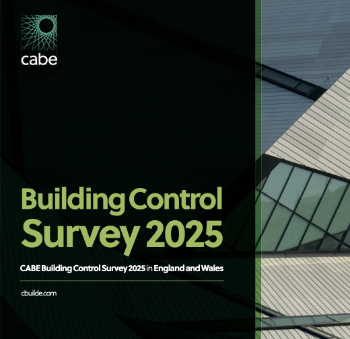Carbon price
Making Mission Possible - Delivering A Net-Zero Economy, published by the Energy Transitions Commission (ETC) in September 2020, suggests that carbon price is: ‘A government-imposed pricing mechanism, the two main types being either a tax on products and services based on their carbon intensity, or a quota system setting a cap on permissible emissions in the country or region and allowing companies to trade the right to emit carbon (i.e. as allowances). This should be distinguished from some companies’ use of what are sometimes called “internal” or “shadow” carbon prices, which are not prices or levies, but individual project screening values.’
The Energy White Paper, Powering our Net Zero Future (CP 337), published in December 2020 by HM Government, defines carbon price as: ‘A cost applied to carbon pollution to encourage polluters to reduce the amount of greenhouse gases they emit into the atmosphere.’
Emissions Gap Report 2019 published by the UN Environment Programme defines the carbon price as: ‘The price for avoided or released CO2 or CO2e emissions. This may refer to the rate of a carbon tax or the price of emission permits. In many models that are used to assess the economic costs of mitigation, carbon prices are used as a proxy to represent the level of effort in mitigation policies.’
Keeping 1.5°C Alive: Closing the Gap in the 2020s, version 1.0, published by the Energy Transitions Commission in September 2021, defines the carbon price as: ‘A government-imposed pricing mechanism, the two main types being either a tax on products and services based on their carbon intensity, or a quota system setting a cap on permissible emissions in the country or region and allowing companies to trade the right to emit carbon (i.e., as allowances). This should be distinguished from some companies’ use of what are sometimes called ‘internal’ or ‘shadow’ carbon prices, which are not prices or levies, but individual project screening values.’
[edit] Related articles on Designing Buildings
- Carbon capture and storage.
- Carbon emissions reduction target CERT.
- Carbon emissions.
- Carbon factor.
- Carbon footprint.
- Carbon negative.
- Carbon neutral.
- Carbon plan.
- Carbon terminology.
- Carbon.
- Decarbonise.
- Embodied carbon.
- Low carbon.
- Making Mission Possible: report on achieving a zero-carbon economy by 2030.
- Net-zero carbon.
- Operational carbon.
- The Carbon Plan: Delivering our low carbon future.
- What we need for the journey to net-zero carbon emissions.
Featured articles and news
Designing Buildings reaches 20,000 articles
We take a look back at some of the stranger contributions.
Lessons learned from other industries.
The Buildings of the Malting Industry. Book review.
Conserving places with climate resilience in mind.
Combating burnout.
The 5 elements of seiri, seiton, seiso, seiketsu and shitsuke.
Shading for housing, a design guide
A look back at embedding a new culture of shading.
The Architectural Technology Awards
The AT Awards 2025 are open for entries!
ECA Blueprint for Electrification
The 'mosaic of interconnected challenges' and how to deliver the UK’s Transition to Clean Power.
Grenfell Tower Principal Contractor Award notice
Tower repair and maintenance contractor announced as demolition contractor.
Passivhaus social homes benefit from heat pump service
Sixteen new homes designed and built to achieve Passivhaus constructed in Dumfries & Galloway.
CABE Publishes Results of 2025 Building Control Survey
Concern over lack of understanding of how roles have changed since the introduction of the BSA 2022.
British Architectural Sculpture 1851-1951
A rich heritage of decorative and figurative sculpture. Book review.
A programme to tackle the lack of diversity.




















